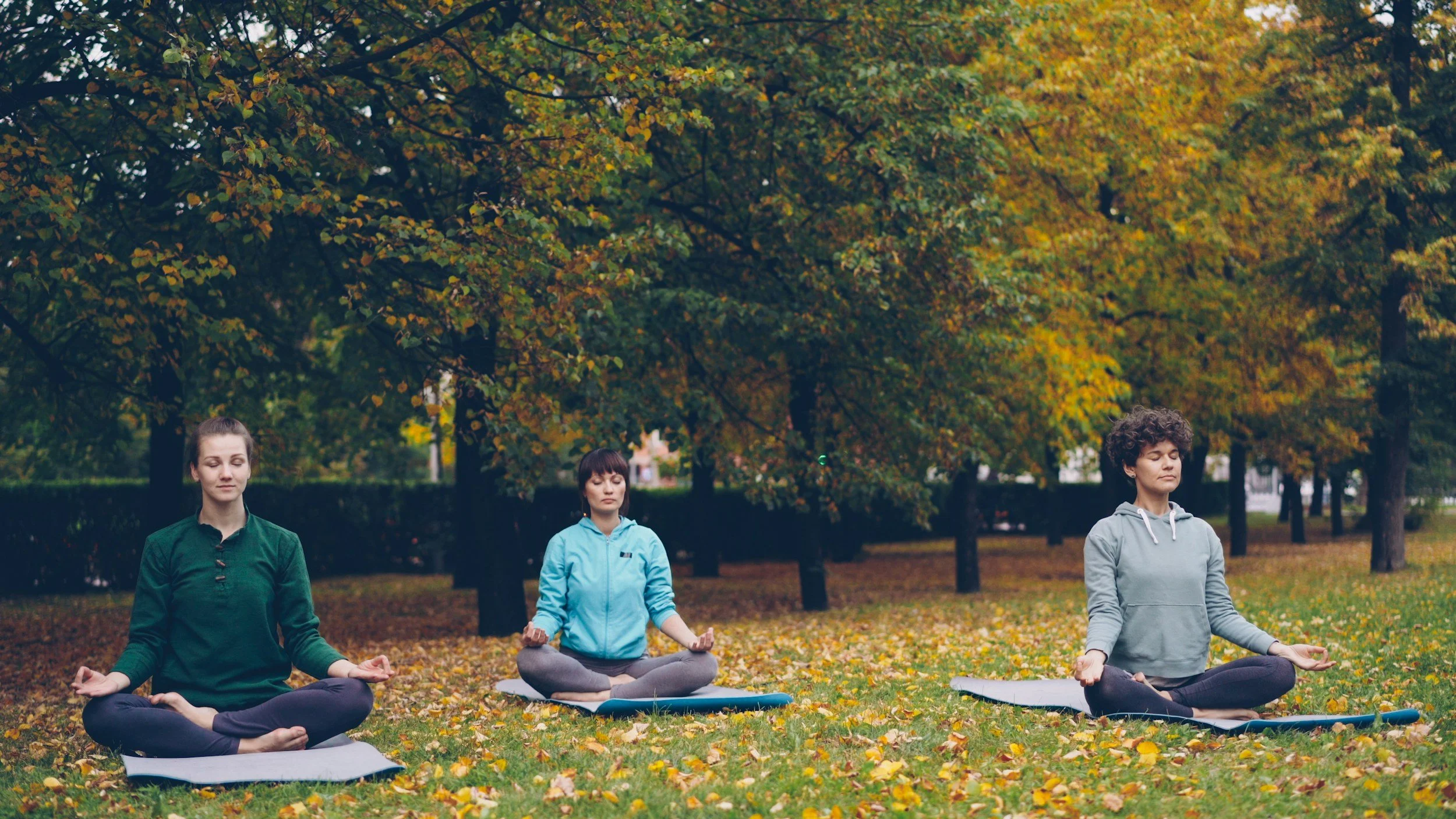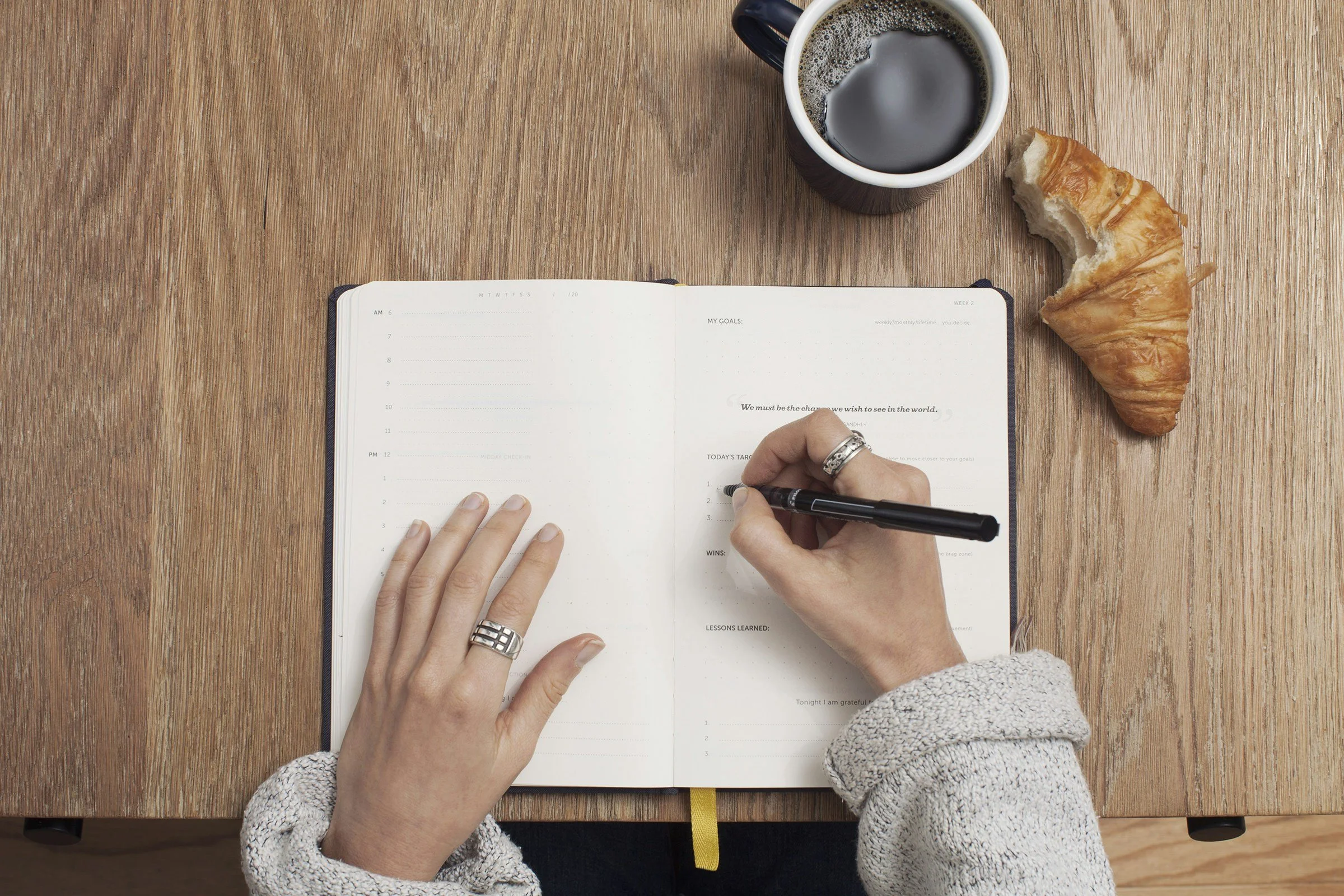Feeling Spun Out? Grounding Techniques You Can Use Anywhere to Calm Anxiety
Anxiety has a way of creeping in when you least expect it.
You’re in the school pickup line. You’re folding laundry. You’re lying in bed trying to fall asleep—and suddenly your chest is tight, your thoughts are racing, and your whole body feels like it’s buzzing.
You want to calm down. But you can’t logic your way out of a nervous system in overdrive.
This is where grounding comes in.
Grounding techniques help bring you back to the here and now. They signal to your body that you’re safe, even if your mind is spiraling. And the best part? You don’t need to be alone in a quiet room or have 30 minutes to spare. Most grounding tools can be done in the middle of the chaos.
Whether you’re managing everyday stress or navigating trauma-related responses, these are some of my favorite go-to strategies for getting back into your body and out of the anxiety loop.
What Is Grounding, Really?
Grounding is simply the practice of anchoring yourself in the present moment. When your brain is overwhelmed—by fear, worry, overstimulation, or old trauma—grounding helps interrupt the spiral.
Think of it like putting your feet back on solid ground when your thoughts have been swept away by a current.
Your nervous system doesn’t respond to “just calm down.” But it will respond to sensory input, rhythm, and repetition—things that create a felt sense of safety.
When You Might Need a Grounding Tool
Grounding techniques are especially helpful when you:
Feel overwhelmed, flooded, or panicky
Are caught in overthinking or racing thoughts
Feel disconnected from your body (numb, floaty, zoned out)
Notice tension, restlessness, or irritability building
Want to avoid snapping, spiraling, or shutting down
They can also be useful if you’re trying to fall asleep, reset after a stressful conversation, or center yourself before heading into something emotionally hard.
In other words: they’re tools for real life.
Grounding Techniques You Can Use Anytime, Anywhere
These are all things I teach my clients—and use myself. No yoga mat, meditation app, or silence required.
1. 5-4-3-2-1 Sensory Grounding
This one is a classic for a reason. It walks you through your five senses and pulls you out of your head.
Name:
5 things you can see
4 things you can touch
3 things you can hear
2 things you can smell
1 thing you can taste (or one deep breath)
This helps reorient your brain to the safety of the present.
2. Cold Water Reset
Anxiety is hot energy. A splash of cold water—on your face, wrists, or the back of your neck—activates the parasympathetic nervous system (the one that tells your body to chill out).
No sink nearby? Try holding something cold, like a water bottle or a frozen washcloth.
3. Find Your Feet
Press your feet flat into the floor. Wiggle your toes. Push down gently like you’re rooting into the earth. Feel the floor support you. This simple physical cue helps remind your body that you’re here and you’re held.
4. Name 3 Anchors
Choose three things around you that feel stable or neutral. A painting. A tree. A chair.
Say them out loud or in your head: “That’s my anchor. That’s my anchor. That’s my anchor.”
This interrupts anxious looping and gives your brain a sense of structure.
5. Tactile Grounding (Touch Something Textured)
Grab a soft blanket, a textured pillow, or even the seam of your jeans. Focus on the way it feels. Describe it to yourself. Let your hands stay busy. This keeps you tethered to the here and now.
6. Box Breathing
Breathe in for 4 counts… hold for 4… exhale for 4… hold for 4.
Repeat a few times. Visualize the corners of a square as you breathe. The repetition and rhythm help regulate your heart rate and calm your system.
7. Verbal Grounding (Talk Yourself Through It)
In a gentle voice (out loud or in your head), say:
“I’m feeling anxious right now. I don’t love this feeling, but I know it’s temporary. I’ve felt this before and I’ve gotten through it. I’m safe in this moment. I can breathe through this.”
Self-talk is powerful. Sometimes we need to be reminded, by our own voice, that we’re okay.
8. Alphabet Tool
Pick a category (animals, foods, places) and go through the alphabet naming one item per letter. A… Alligator. B… Banana. C… Colorado.
This occupies your thinking brain and pulls you out of the spiral.
A Few Notes About Grounding
These techniques aren’t meant to fix your anxiety permanently. They’re not a substitute for deeper healing work or therapy. But they are incredibly helpful for managing the moment and keeping you from going into full shutdown or explosion mode.
Think of them like a pause button. A chance to get some breathing room and reorient. Once your system is regulated, it’s much easier to reflect, connect, and make choices that serve you.
And if one tool doesn’t work? That doesn’t mean grounding doesn’t work. It just means you haven’t found the right match for your nervous system yet. Keep experimenting. Your body will tell you what feels right.
Final Thoughts
We can’t always control the stress that comes at us. But we can build a toolbox of ways to stay connected to ourselves in the middle of it.
Grounding is one of those tools.
And the more you use it, the more your brain learns: I can handle this. I can stay present. I don’t have to disappear when it gets hard.
You are allowed to take a moment.
You are allowed to pause.
You are allowed to find your footing again.
Want Help Calming the Overwhelm?
If anxiety feels like it’s always lurking under the surface—or taking over more than you’d like—therapy can help you go deeper. We can work together to understand your triggers, teach your nervous system new ways to respond, and build a life that feels less reactive and more rooted.
I offer free 15-minute consults so we can talk about what’s going on and how I can support you.
Click here to schedule your free consult.
You deserve to feel steady inside your own life. Let’s get you there, one grounded step at a time.



